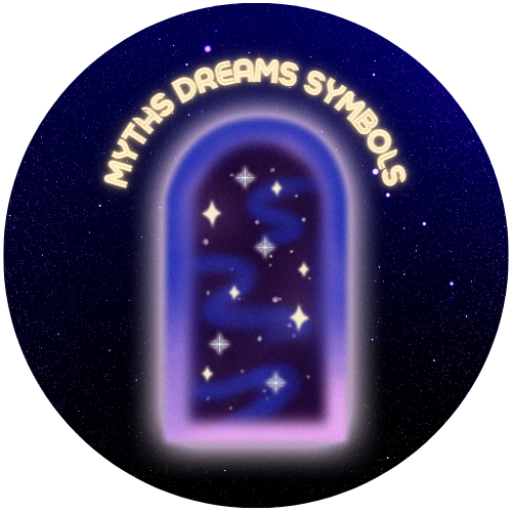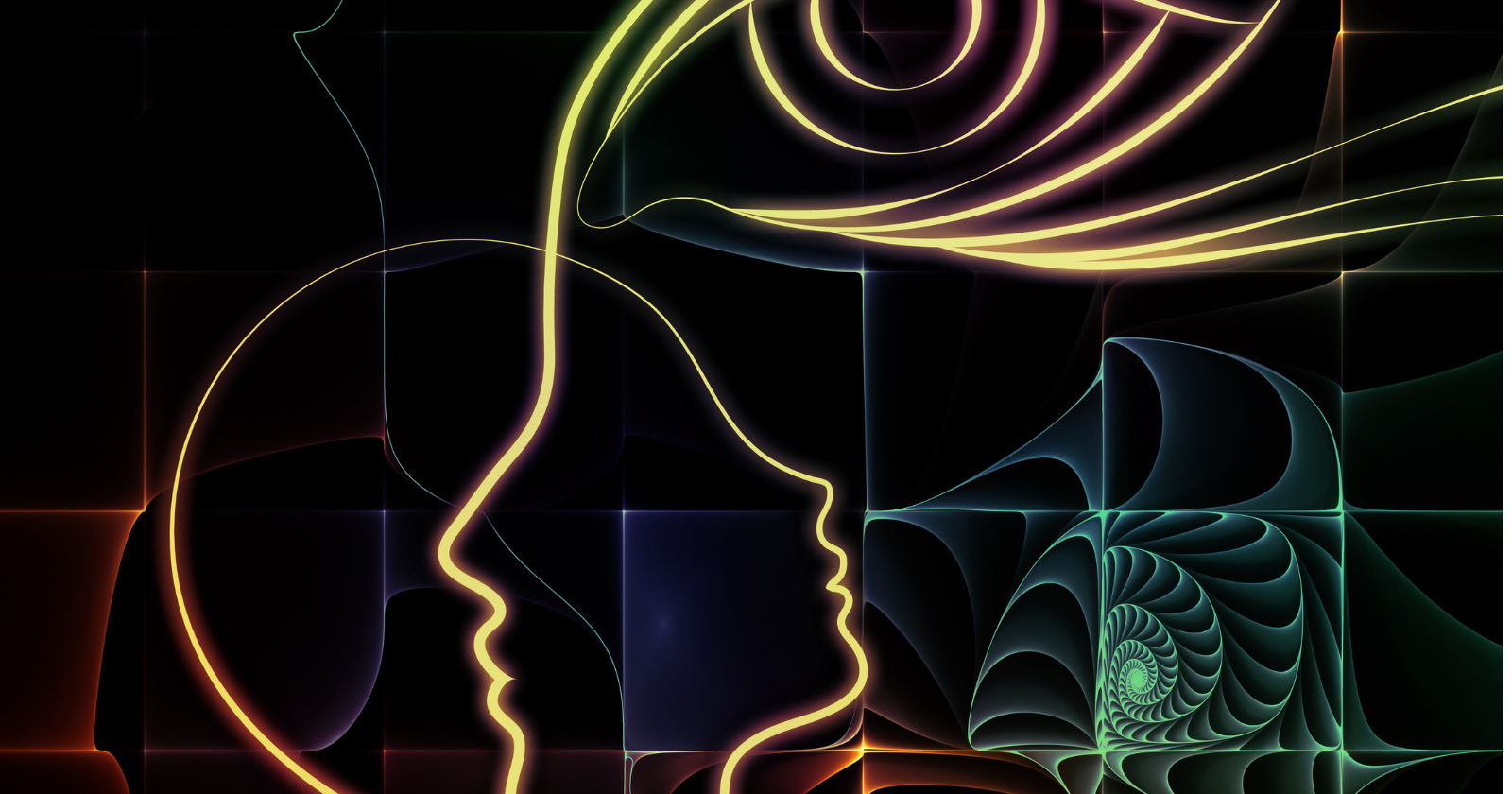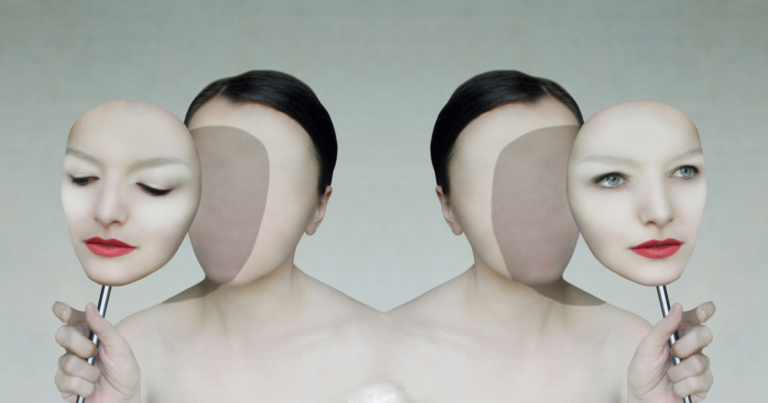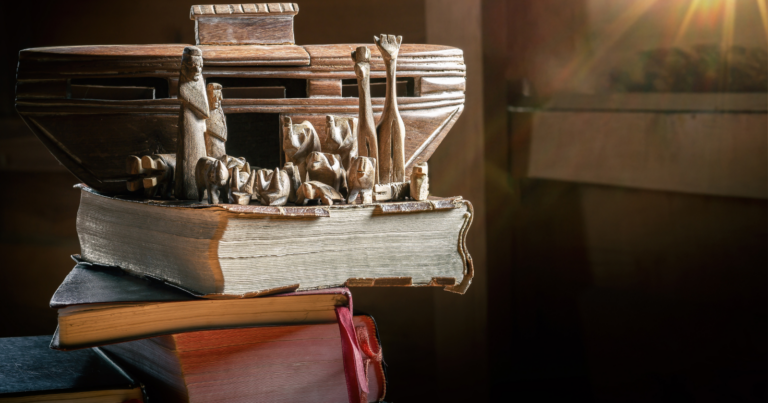In the realm of psychological exploration, Carl Jung introduced a concept that has profoundly influenced our understanding of human behavior, dreams, and myths—the theory of Jungian archetypes. These universal, archaic patterns and images that derive from the collective unconscious are omnipresent across cultures and time, manifesting in literature, art, dreams, and religious symbols. Let’s delve into the fascinating world of Jungian archetypes, unraveling their mysteries and discovering how they continue to shape our understanding of the human psyche.
The Foundation of Archetypes
Jungian archetypes are innate, universal prototypes for ideas that may subsequently become involved in interpretation. Unlike personal experiences stored in the individual unconscious, archetypes belong to the collective unconscious shared among people worldwide. They are the psychic counterpart of instinct, influencing human thought and behavior in profound ways.
Key Jungian Archetypes
- The Persona: The mask we present to the world, concealing our true selves in favor of societal expectations.
- The Shadow: The darker, often repressed side of our personality, embodying traits we wish to hide from both ourselves and the world.
- The Anima/Animus: Represents the feminine aspects within men (Anima) and the masculine aspects within women (Animus), guiding relationships and personal development.
- The Self: The archetype of wholeness and the unification of the unconscious and conscious parts of the mind.
Archetypes in Dreams and Myths
Dreams are personal myths; myths are collective dreams. In dreams, archetypes manifest as symbols or figures—such as the wise old man or woman, the hero, or the trickster—that guide or challenge the dreamer. Similarly, myths from various cultures are replete with these archetypal figures, illustrating universal human experiences and truths. By exploring the archetypal symbols in our dreams and the myths we’re drawn to, we can uncover insights into our journey towards self-realization and the collective human experience.
Understanding Our Archetypal Influences
Recognizing and integrating the various archetypes within us is crucial for psychological growth. The journey involves acknowledging the shadow aspects of our personality, embracing the traits of our anima or animus, and allowing the persona to be an authentic expression of our true selves. Through this process, we strive towards the realization of the Self, achieving a harmonious balance between our inner and outer worlds.
Applying Archetypal Wisdom
In practical terms, understanding Jungian archetypes can enhance our self-awareness, improve our relationships, and deepen our connection to the world. By reflecting on the archetypal themes and characters that resonate with us in literature, art, and dreams, we can gain insights into our own life stories and personal growth paths.
Conclusion: The Timeless Power of Archetypes
Jungian archetypes offer a rich framework for understanding the universal patterns underlying human thought, behavior, and creativity. By exploring the archetypes that influence our lives, we embark on a profound journey of self-discovery, connecting with the shared heritage of human wisdom. As we navigate the symbolic landscapes of myths, dreams, and symbols, we uncover the timeless truths that guide us towards wholeness and understanding, illuminating the path of our collective and personal journeys through life.
In embracing the wisdom of Jungian archetypes, we find not only a key to interpreting the rich tapestry of human culture but also a mirror reflecting the depths of our own psyche, inviting us to explore the mysteries within and forge a deeper connection with the world around us.










